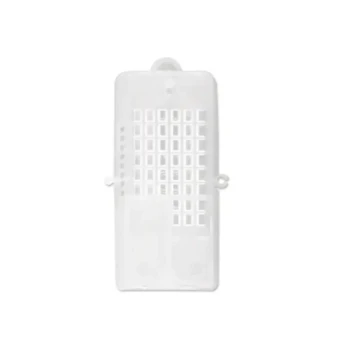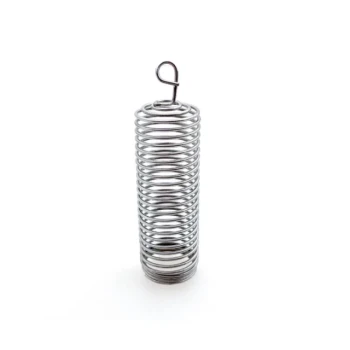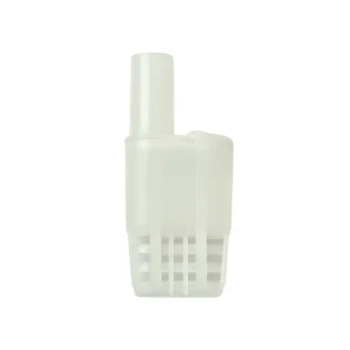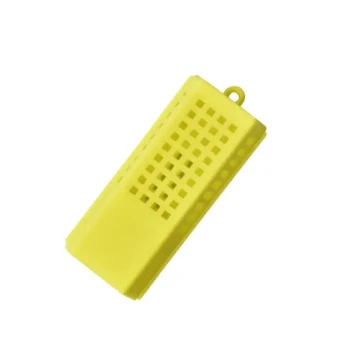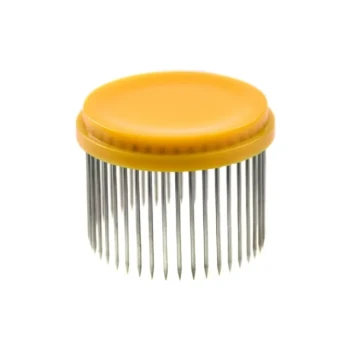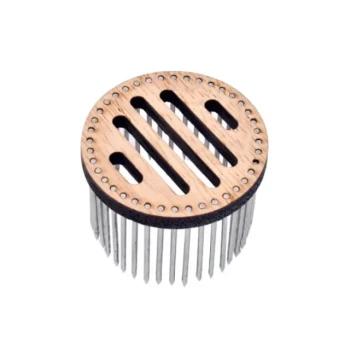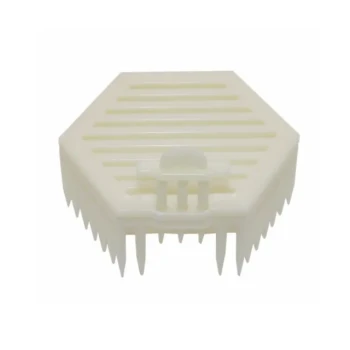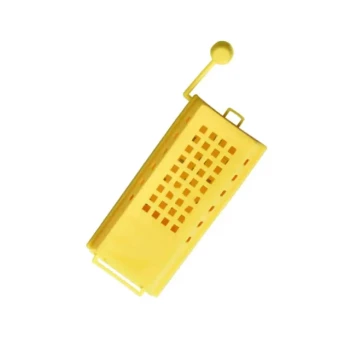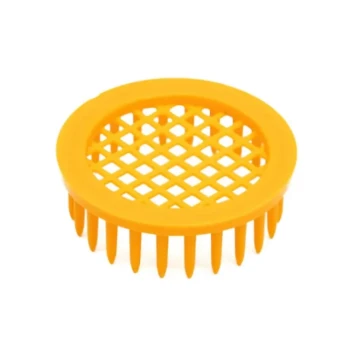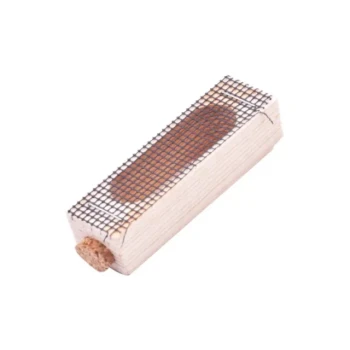The success of a new honey bee colony hinges on one critical moment: the introduction of the queen. Correctly managing the queen cage is not merely a procedural step; it is the single most important factor in ensuring the colony accepts their new monarch, preventing her rejection and death, and setting the hive on a path to growth and productivity.
The queen cage is a tool for managing social acceptance. Its primary function is to delay the queen's full release, allowing the colony time to acclimate to her unique pheromones and ensuring a peaceful transition rather than a violent rejection.
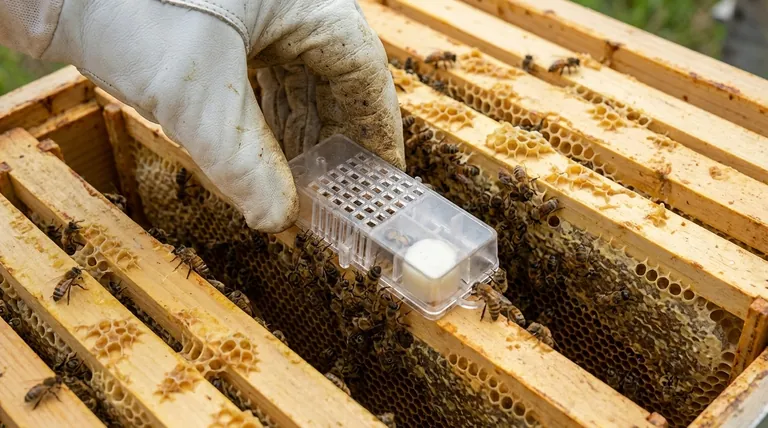
The Purpose of the Queen Cage: A Controlled Introduction
A Foreign Scent in a New Home
When you introduce a new queen, the worker bees view her as an intruder. Her scent, or pheromone profile, is completely foreign to the established colony.
The Cage as a Protective Barrier
The bees' natural instinct is to attack and kill an unknown queen. The cage serves as a physical barrier, protecting her from the workers' initial aggression while she is most vulnerable.
Facilitating Pheromone Dispersal
The mesh screen of the cage is a critical design feature. It allows the bees to get close to the queen, touch her with their antennae, and begin processing her scent without being able to harm her. Over several days, her pheromones spread throughout the hive, and she begins to smell like "home."
The Candy Plug as a Time-Release
Most queen cages have one end plugged with a hardened sugar candy. The bees must chew through this plug to release the queen. This process typically takes 3-5 days, buying the necessary time for the colony to fully accept her.
Common Pitfalls and Why Timing is Everything
The Danger of Direct Release
Releasing a new queen directly into the hive without this introductory period is a common and fatal mistake for new beekeepers. This action almost guarantees the workers will "ball" the queen—surrounding her in a tight ball, overheating, and stinging her to death.
Removing the Cage Too Soon
Manually releasing the queen after only a day or two is tempting, but it subverts the entire process. If her scent has not fully permeated the hive, the workers may still see her as a threat and kill her, even after she has been released.
Not Verifying Acceptance
The candy plug method is reliable but not foolproof. It is crucial to return after a few days to ensure the queen has been successfully released and is moving calmly on the comb. If she is still in the cage, the colony's behavior toward her must be assessed before any manual intervention.
Disturbing the Hive Excessively
This delicate period of social acclimation requires calm. Opening the hive too frequently can cause stress and agitation, which can disrupt the acceptance process and increase aggression toward the new queen.
Making the Right Choice for Your Goal
Your primary objective dictates how you should approach the queen introduction process.
- If your primary focus is installing a new package of bees: Trust the process and allow the bees 3-5 days to release the queen naturally through the candy plug.
- If your primary focus is requeening a known aggressive or queenless hive: Give the colony extra time, potentially a full week, to acclimate to her scent before checking on her release.
- If your primary focus is ensuring the highest chance of success: Place the cage correctly between frames, confirm the workers can access the mesh screen, and then leave the hive completely undisturbed for at least five days.
By understanding the queen cage as a tool for social integration, you transform a moment of high risk into the secure foundation of a strong and healthy hive.
Summary Table:
| Key Aspect | Why It Matters |
|---|---|
| Purpose | Controlled introduction to prevent worker bees from killing the new queen. |
| Candy Plug | Acts as a 3-5 day time-release, allowing the colony to acclimate to the queen's pheromones. |
| Common Mistake | Releasing the queen too soon can lead to her being balled and killed by the workers. |
| Best Practice | Place the cage between frames and leave the hive undisturbed for at least 5 days. |
Build a Stronger Apiary with Reliable Equipment from HONESTBEE
Mastering techniques like queen introduction is essential for commercial success. Equip your operation with the high-quality, durable supplies needed for every critical beekeeping task. HONESTBEE supplies beekeeping supplies and equipment to commercial apiaries and beekeeping equipment distributors through wholesale-focused operations.
Let us help you maximize hive health and productivity. Contact our team today to discuss your wholesale needs and discover how our products support your bottom line.
Visual Guide

Related Products
- Professional Multi-Functional Queen Bee Cage
- Durable Galvanized Steel Spring Queen Bee Cage
- Multi-Function Queen Roller Cage and Catcher
- Professional Multi-Compartment Queen Cage with Sliding Lid
- Professional Round Push-In Queen Cage with Metal Tines
People Also Ask
- What should be done if bees damage the queen cage or harm the queen? Rescue Your Queen and Save Your Hive
- Why might bees reject a new queen? A Guide to Successful Queen Introduction
- What are the components of a standard queen cage? A Guide to Safe Queen Introduction
- How do you check if the queen has been released after installation? A Guide to Successful Queen Acceptance
- What should be done before removing the queen cage from the hive? Ensure Your New Queen is Accepted & Laying
